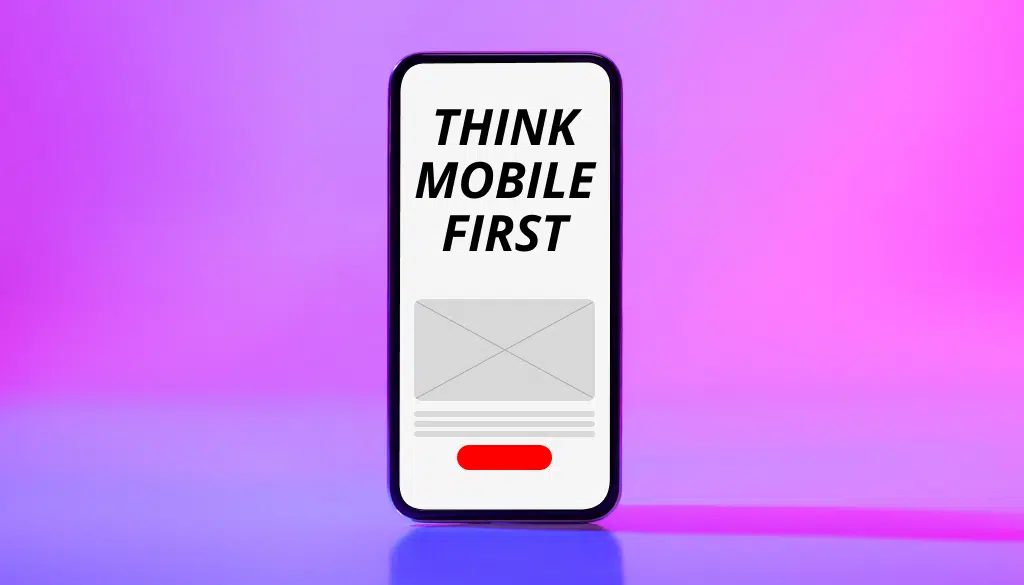Why Your Website Has to be Mobile-First (2025 Update)

Mobile-First Evolution in 2025
In 2025, Google is expected to maintain its mobile-first approach to ranking websites. They stated, “This change will affect mobile searches in all languages worldwide and will have a significant impact on our search results.” This shift highlighted the importance of mobile responsiveness, marking a pivotal change in web development and SEO strategies.
In 2025, the need for mobile-first websites is more critical than ever. Google’s mobile-first indexing means that the mobile version of your website is the primary version considered for ranking and indexing. If your site isn’t mobile-friendly, you risk significantly reduced visibility in search results.
The Consequences of Ignoring Mobile-First Design
Bad News:
- Non-Mobile-Friendly Websites Are Penalized: Google strictly categorizes websites as either mobile-friendly or not. There is no middle ground.
- Limited Search Visibility: Websites that are not mobile-friendly experience significantly lower visibility in search results.
- User Experience Issues: If the text is too small or links are too close together, your website will be flagged as ‘not mobile-friendly’.
Good News:
- Quick Recovery Post-Changes: Once you make the necessary changes to become mobile-friendly, your rankings should improve relatively quickly.
- Competitive Advantage: If your website is already mobile-friendly, you have a competitive edge over those who haven’t adapted.
What To Do Next: Embrace Mobile-First Design
Key Points About Google’s Mobile-First Indexing in 2025
- Indexing Priority: Google now prioritizes the mobile versions of websites for indexing and ranking. This shift reflects the growing dominance of mobile web browsing, with mobile devices accounting for 55.45% of all United States website traffic in November 2024.
- Mobile and Desktop Parity: Google emphasizes providing an identical experience on both mobile and desktop. This includes ensuring the same content, meta tags, headings, and structured data are present on both versions of your site.
- Responsive Design: Google recommends using responsive design to ensure that websites adapt to different screen sizes and devices, providing a seamless user experience.
- Mobile Usability: Mobile-friendliness is an important ranking factor, but it is distinct from mobile-first indexing. Even if a site passes the mobile usability test, it may still need adjustments to be fully optimized for mobile-first indexing.
How to Make Your Website Mobile-Friendly
- Use Google’s Mobile-Friendly Test Tool: Check individual web pages for mobile usability.
- Monitor Mobile Usability in Google Search Console: Keep track of any errors that might affect mobile performance.
If a website’s content is inaccessible on mobile devices, it risks being removed from Google’s search index, leading to a significant decline in organic traffic.
Take Action Now
There’s no better time than now to make these critical changes to your website. By embracing the mobile-first algorithm, you can gain a competitive edge over those who fail to adapt to the evolving mobile landscape.
Build Your Responsive, Mobile-First Website With Our Mobile-First Website Design Experts
If you have any questions or concerns about your website’s mobile-friendliness, or you are now ready to have your own mobile-optimized website, fill out the form below:
Contact Us
DROP US A MESSAGE
WE'LL GET BACK TO YOU SOON!


